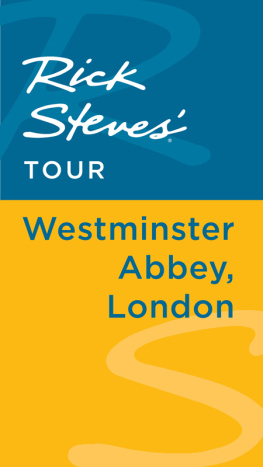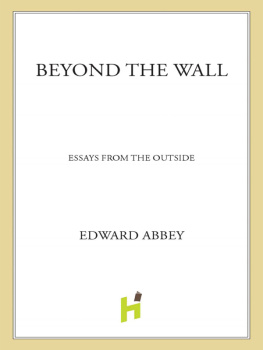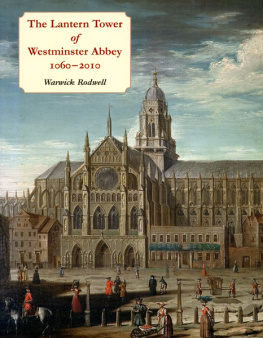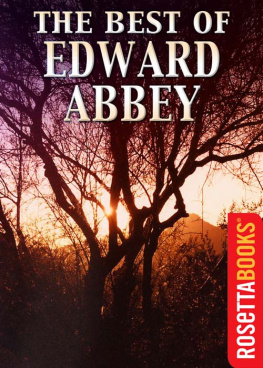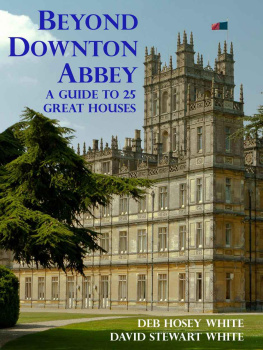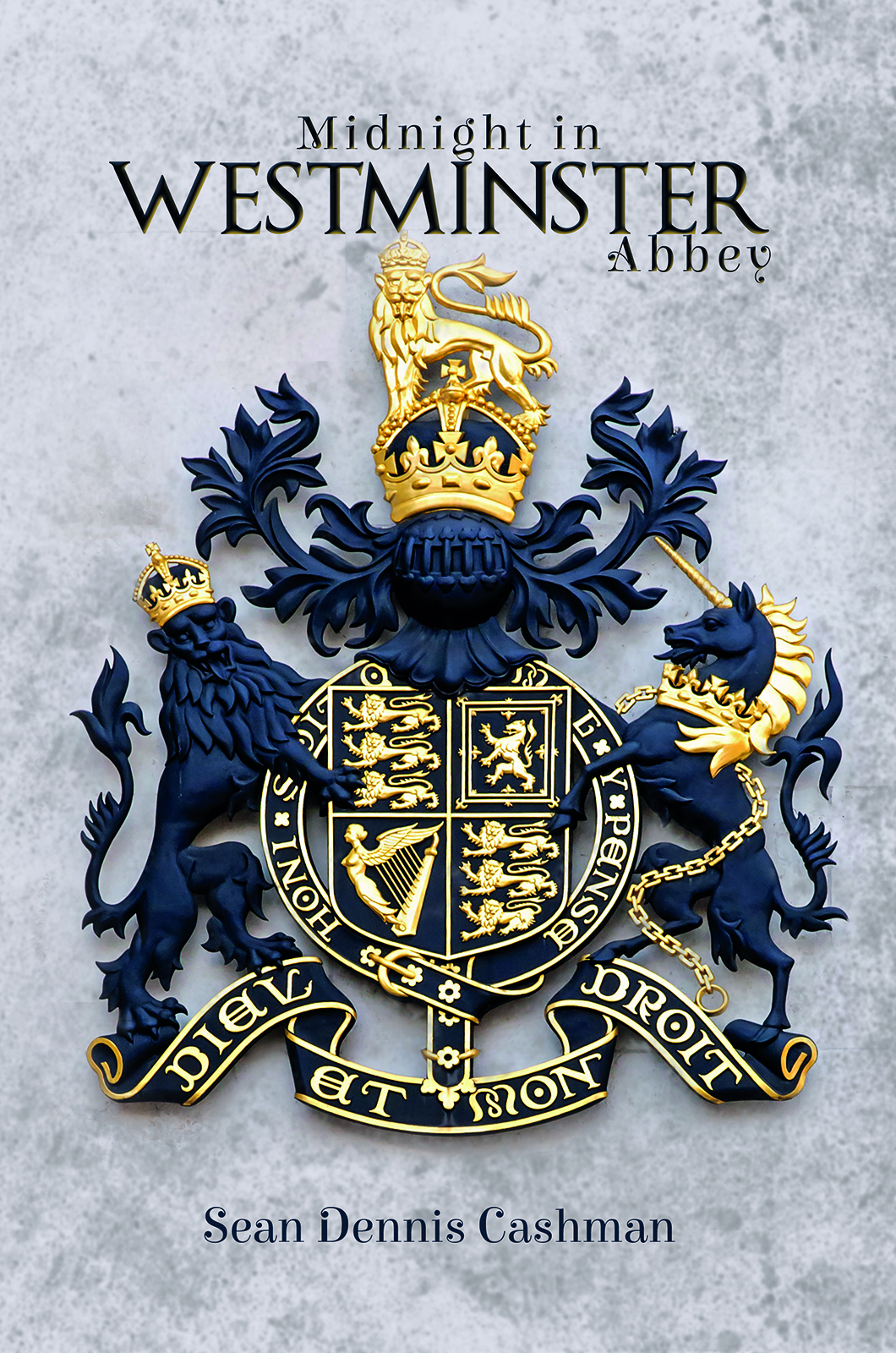The right of Sean Dennis Cashman to be identified as author of this work has been asserted by him in accordance with section 77 and 78 of the Copyright, Designs and Patents Act 1988.
All rights reserved. No part of this publication may be reproduced, stored in a retrieval system or transmitted in any form or by any means, electronic, mechanical, photocopying, recording or otherwise, without the prior permission of the publishers.
Any person who commits any unauthorised act in relation to this publication may be liable to criminal prosecution and civil claims for damages.
A CIP catalogue record for this title is available from the British Library.
FOREWORD
The core idea of this bookthe kings laid to rest in Westminster Abbey coming alive to an American familycame to me in a flash. In May 2012, I was visiting the abbey with three friendsSusan Zucker (who lives in North Hollywood), one of her grandchildren and Spencer Pearce (then of Italian Studies at the University of Manchester).
A kindly guide explained when I asked about a grave marked Oliver Cromwell that the Republican revolutionary leader had originally been buried there. At the Restoration of the monarchy in 1660 because Cromwell had been one of the regicides of Charles I, his body had been dug up, reviled and destroyedapart from his head that lies in a secret place in Sydney Sussex, his old Cambridge College. As further insult, the new king, Charles II, used Cromwells now empty grave to deposit there his illegitimate children.
How about a novel in which the kings and queens rise on All Souls Eve and regale a visiting family from New York with their long past triumphs and tragedies? And how about conjuring the battlefields of Crecy and Agincourt, the Black Death and the Spanish Armada within Westminster Abbey?
Then there is a literary, radio and TV formula of whisking youngsters back in time to witness famous historical events. The result is this hybrid novel, also inspired by Lewis Carrolls two Alice books (1865 and 1872); the first Night at the Museum film (2006) with screenplay by Robert Ben Garant and Thomas Lennon; the dazzling metaphysical journeys in Philip Pullmans Dark Materials trilogy (19952000); the political conversation plays of George Bernard Shaw and the ironic French-inspired essay soliloquies by William Shakespeare in various plays.
The influence of Lewis Carroll and Alice is obvious here in scenes with talking fauna, the Lion and the Unicorn, the rose gardeners, and double-dealing twins ridiculing a heroine aside a sleeping king and the petulant queen whose costume is never straight.
The influence of Philip Pullman comes in children moving through parallel worlds against a background of competitive high-power politics. Influential poet Geoffrey Chaucer, who is buried in Westminster Abbey, appears as a character in this novel to inspire a hero to practice the tricks of his The Pardoners Tale from his Canterbury Tales on royal jailers. There are variation sprinklings of the wit and wisdom of Oscar Wildes characters in The Canterville Ghost first published in The Court and Society Review (1887).
****
Some of the sovereigns histories are familiar. But whereas we have our own individual and equally valid ideas about Elizabeth I, when we come to, say, Edward I or Edward III, we may find ourselves adrift. For these kings I needed to give readers some help. I tell their histories in various ways.
Beyond my memory of the kings and queens, I have read (and made use of) various published histories. For a childs perspective, I referred to The Pictorial History of Britain, edited by Richard Haddon, Charles Harvey, Lionel M Munby, E S Wolf (London, circa 1955). It begins with the pattern of creation and the coming of man. For an openly Whig and romantic perspective of English history, I turned to Winston S Churchills deliberately noble-sounding A History of the English Speaking Peoples, volumes 1, 2 (London, 1956, 1957).
For an authoritative overview incorporating conclusions from recent scholarship, I referred to a most aptly named author, Robert Tombs, and his The English & Their History (Cambridge, 2015). Its span includes mores and the development of language as well as the achievements (or otherwise) of sovereigns in front of and behind the scenes. He brings a fresh approach to retelling English history with a considered analysis of the shifting ways in which English people interpret and reinterpret their past. Although James Shapiro is best known as a Shakespearean scholar, his two books setting Shakespeares mature plays within their historical contexts offer invaluable information on the interaction of high politics and culture with many insights into contemporary London life as well as court intrigues in the reigns of Elizabeth I and James I. These magnificent books are: 1599: A Year in the Life of William Shakespeare (London, 2005) and 1606: William Shakespeare and the Year of Lear (London, 2015). Lovers of Henry V and As You Like It may feel gratified by James Shapiros ecstatic praise of these plays. Those who rate Twelfth Night the greatest Shakespearean comedy (not because it is so funny but because it is so sad) and those who find Troilus and Cressida superb for its harsh distillation of human foibles may be disturbed and mystified by his dismissal of Troilus and Twelfth Night.
These mighty analytical books by Professors Tombs and Shapiro may go to the top of many visually impaired peoples recommendations because they are available from the RNIB in Braille and in large print.
Whereas there has been a historical consensus about the tragedy of the Black Death, research and scholarship at the turn of the twenty-first century have yielded startling different conclusions about mortality and social and economic consequences. James Belich in his article, The Black Death and European Expansion, in



